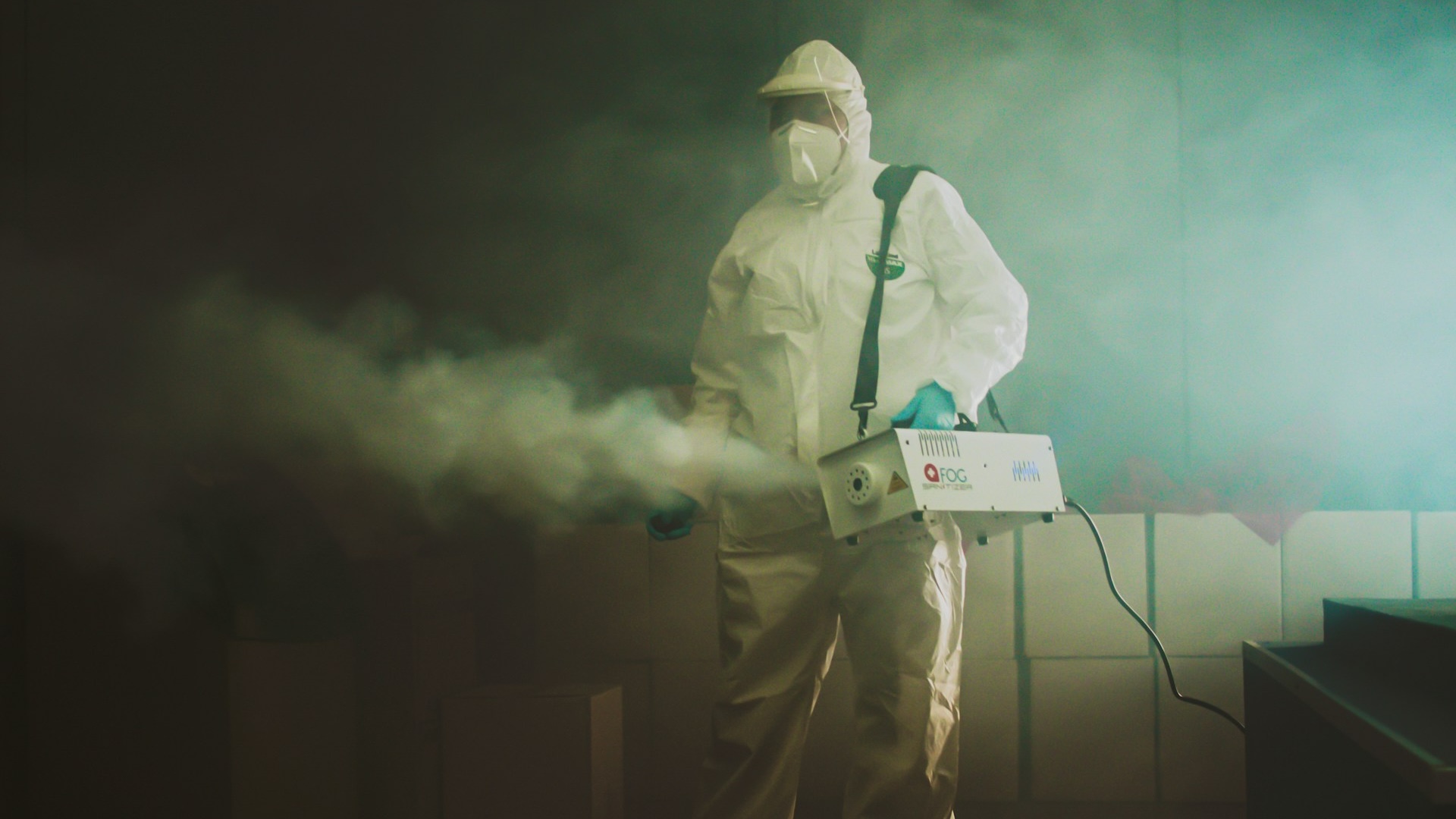How to survive a toxic workplace
Leadership coach Siobhan O’Reilly offers her tips on responding to toxic behaviour at work and how to protect your own health and wellbeing.

During my career as a civil servant and employment lawyer, I’ve often seen how the culture of a team or organisation can create a toxic environment. This is not only bad for the business, but it can also do enormous damage to the health and wellbeing of people working there. It’s a passion of mine to help equip individuals to recognise, deal with and avoid the harmful effects of toxicity. These are my top tips.
1. Recognising a toxic workplace
Many factors cause toxicity in a workplace: untrustworthy leaders, non-inclusivity, grade-ism, favouritism, poor leadership, and a lack of empathy and respect. Staff working in toxic workplaces typically describe experiences such as a lack of collaboration, keeping their heads down, normalised poor behaviour, feeling bullied and harassed and a climate of fear.
2. Know what a healthy workplace looks like
To be healthy and thrive within our workplace, we typically need to:
- feel valued and that we belong
- feel competent and effective
- be allowed to grow and develop
- have autonomy and control
- have consistent values and integrity
If you don’t have those five, you could be in a toxic environment.
3. Your behaviour is not the problem
Unethical and poor behaviours drive toxicity and, left unchecked, lead to unhealthy working environments. You may spend hours agonising about what you’ve done or what you could do differently. Understanding that it’s someone else’s bad behaviour—driven by their own motives—that causes toxicity can save precious time ruminating and self-blaming.
4. Recognising a toxic personality
A good definition of a toxic personality is “anyone who demonstrates a pattern of counter-productive work behaviours that debilitate individuals and teams”. Toxic behaviour is not an ‘off day’ — we all have those. It’s when there’s a consistent pattern in someone’s counter-productive behaviours which has a debilitating effect on people around them.
5. Understand the impact
Workplace toxicity is harmful and pernicious. People are in a constant state of stress and anxiety; they become hyper-aware and direct their energies towards surviving the day. In turn, this stress loop affects attention, perception, short-term memory, learning and even the ability to find the right words. Like a phone in power saving mode, ‘just surviving’ degrades your abilities to multi-task and perform at your best.
6. Take back control
Recognise and accept there’s a problem. Keep a diary or log of what’s happening and how it makes you feel. Find a friend, coach or mentor to help you seek clarity, challenge assumptions and give you validation. Make a plan—what steps can you take and what might hold you back?
7. Work through the problem
Whose behaviour is the problem? What effect is it having on you? When does this behaviour happen and what form does it take? Write it all down to give yourself clarity and help plan your next steps. Remember you need to deal with this to protect your health and wellbeing.
8. Make a plan
Decide whether and how to confront the behaviour. Prepare for a difficult conversation by planning what to say. Use open questions so you can explain, in a professional manner, what’s happening, how it’s making you feel and what change you want to see. Think about any steps you need to take to exit the situation safely if necessary. Ask your coach or mentor help you plan for anything that may distract or be a challenge for you.
9. Manage your resilience
Stress and anxiety will greatly reduce your resilience. But you can take steps to build it back up. Making plans to confront the situation can help by giving you back a semblance of control. Be your own best friend—set boundaries, and try not to ruminate or catastrophise.
10. Make a self-care plan
Think about what will help you get through this. Exercise? A good book? A relaxing bath? But remember that, while positive initiatives like these can help you prepare for dealing with the situation, no amount of self-care will help if you stay in a toxic working environment. //
Dealing with toxicity: resources
Sorted: mental health (previously The Feel Good App): a free mental health app widely used in the NHS sortedmentalhealth.app
Headspace: subscription-based app with meditations to help manage stress, anxiety and sleeplessness headspace.com
What’s Up: an organisation-level app which uses CBT methods to help with anxiety, depression, anger and stress thewhatsupapp.co.uk
My Possible Self: an app offering strategies to help manage anxiety, stress and fear
mypossibleself.com
TOXIC: A guide to rebuilding tolerance and respect in the workplace, by Clive Lewis, 2021 mip.social/toxic
- After retiring from the civil service, Siobhan O’Reilly now provides leadership training, coaching and consultancy services to public sector and charitable organisations.
Related Stories
-

Tipster: Working in the grey—how to manage uncertainty
Leadership coach and former senior detective Andy Cribbin gives his tips for managers on making effective decisions with limited information, whilst navigating the uncertainties of rapid change.
-

Tipster: How to manage new tech with a spring in your step
Digital and business change veteran Sue Carter offers her tips on how to seize the opportunities offered by new technology for the benefit of your colleagues and patients.
-

Tipster: How to manage in a crisis
Leadership coach and former senior detective Andy Cribbin offers his tips for managers on how to prepare for a crisis, manage calmly and deliver results that people will remember.
Latest News
-

Government proposal for sub-inflation pay rise “not good enough”, says MiP
Pay rises for most NHS staff should be restricted to an “affordable” 2.5% next year to deliver improvements to NHS services and avoid “difficult” trade-offs, the UK government has said.
-

Unions refuse to back “grossly unfair” voluntary exit scheme for ICB and NHS England staff
NHS trade unions, including MiP, have refused to endorse NHS England’s national voluntary redundancy (VR) scheme, describing some aspects of the scheme as “grossly unfair” and warning of “potentially serious” tax implications.
-

Urgent action needed retain and recruit senior leaders, says MiP
NHS leaders are experiencing more work-related stress and lower morale, with the government’s sweeping reforms of the NHS in England a major factor, according to a new MiP survey.